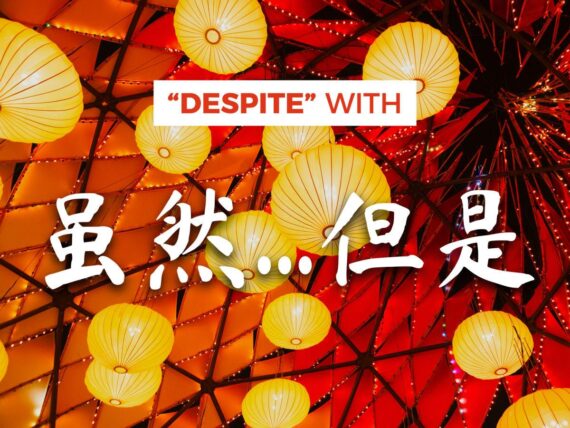Toward in Chinese – Chinese Preposition 往 wǎng

How do people, places, things, events, etc., relate to each other? Is someone doing something “for” someone else? How about “to” them? What’s the origin “from” one thing to another, or distance “from” two places? We’ll discuss all of these in upcoming posts but for now, let’s discuss the Chinese Preposition 往 wǎng – toward in Chinese.
When I was a kid, the word “preposition” made my brain shut off. There was (and still is) something about linguistic jargon that aggravated me because it always felt so pointless.
When I started learning about Chinese grammar, I came across the word 介词 jiècí – ‘preposition,’ but instead of my brain shutting off, I suddenly realized that prepositions are “relators.” 介 is the main character in the word “介绍 jièshào – to introduce.” Another way to conceptualize “introducing” is “to create a new relationship.” Now, the idea of a ‘preposition’ wasn’t so scary. They’re mere ‘relators’!
That’s why, in The Mandarin Blueprint Method, we refer to prepositions as “relators.” All sentences that contain a preposition will be marked with the tag “GW-Relator.”
Toward in Chinese – Chinese Preposition 往 wǎng
You use the Chinese preposition 往 wǎng (toward in Chinese) to indicate what direction the subject is taking action towards. It’s a different word order than English. For example:
Sentence 1:
我们往上面走。 – Level 18
Wǒmen wǎng shàngmian zǒu.
We’ll walk towards the top.
Subject + 往 + Direction/Location + Action
我们 + 往 + 上面 + 走
In English, we’d say “walking towards the top,” whereas the order in Chinese is “towards the top walking.” You’ve probably picked up by now that Chinese often places the action towards the end of a phrase (with a few exceptions).
Sentence 2 – 往 wǎng (toward in Chinese):
我正在往回走!- Level 18
Wǒ zhèngzài wǎng huí zǒu!
I’m heading back now!
Here’s another example using 走 zǒu as the action, but in this case, the direction is 回 huí. In English, we’d say “heading” back, but in Chinese, you stick with the same character of “往 wǎng“ for ’towards’ or ‘heading.’
Sentence 3:
一直往前走吧。- Level 22
Yīzhí wǎng qián zǒu ba.
Go straight.
We put this sentence here because it’s one of the most common phrases you’ll say to a taxi driver. It’s literally “Straight (一直 yīzhí) towards (往 wǎng) the front (前 qián) go (走 zǒu).
Sentence 4 – 往 wǎng (toward in Chinese):
往前一步是进,往后一步是退。 – Level 25
Wǎng qián yī bù shì jìn, wǎng hòu yībù shì tuì.
One step forward is progression, and one step back is regression.
In this case, the action is “一步 yī bù” and the direction is either forward (前 qián) or backward (后 hòu). In this sentence, the entire phrase is the subject, with a basic Subject + Verb + Object structure.
Subject: 往前(后)一步
Verb: 是
Object: 进 (退)
“Keep Going” Usage
往下 + Action – Keep doing “Action”
While it’s possible that 往下 wǎng xià literally means “down towards,” it can also mean “keep going.” For example:
往下讲。
Wǎng xià jiǎng.
Keep talking.
往下读/看。
Wǎng xià dú/kàn.
Keep reading.
A Written Usage of the Chinese Preposition 往 wǎng
When you’re at a train station, airport, or other location that has transportation signage, you’ll notice the following structure:
Action + 往 + Place or Direction
飞往成都的飞机。
Fēi wǎng Chéngdū de fēijī.
The airplane headed to Chengdu.
运往芝加哥的货物。
Yùn wǎng Zhījiāgē de huòwù.
Cargo shipped to Chicago.
Now that you’ve seen the Chinese Preposition 往 wǎng (toward in Chinese) used in these different contexts, look out for it in your reading and listening.
Learn how to pronounce and also learn Chinese characters for free with our 14-day free trial giving you full access to our entire curriculum.
You will be able to read, write and pronounce Chinese characters and get an overall “plan of attack” for your ENTIRE Chinese journey all the way to fluency and literacy.








